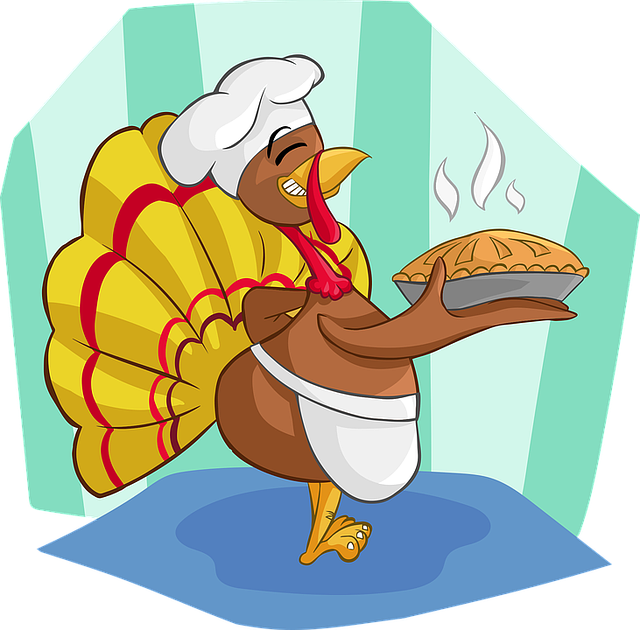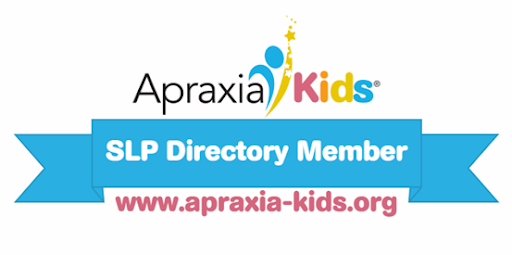
Myths About Dyslexia
Dyslexia is one of the most common language-based disabilities that affects approximately 20% of the world’s population. It is the most common cause of reading, writing, and spelling difficulties. Many people have heard of dyslexia, but there are myths and confusion about what it is. Dyslexia is NOT: -Seeing letters or words backwards -Having a low IQ -Caused by poor eyesight or hearing problems -Caused by laziness or lack of effort Dyslexia IS: -A language-based learning disability -Neurological in origin -Difficulty with processing and manipulating











